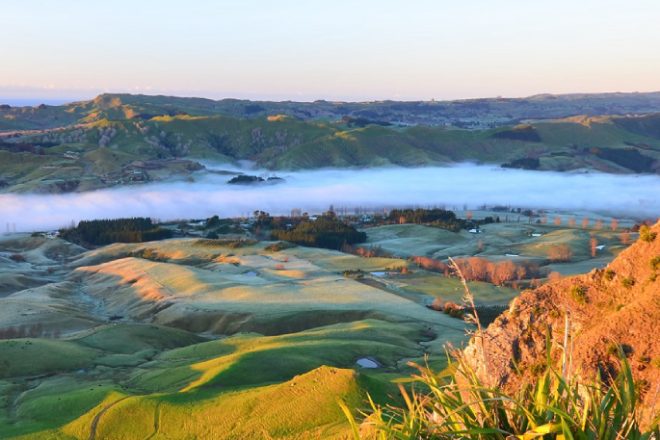区域基础设施基金(RIF)现已开放供理事会、土著团体、企业和社区组织申请。如果这些团体的基础设施项目符合区域优先事项,则会邀请他们申请。
地区发展部长谢恩·琼斯表示,政府致力于发展经济,促进地区繁荣和就业。RIF旨在通过关注两个主要投资领域来提高区域生产力和弹性。
琼斯解释说,RIF旨在支持与该地区自身优先事项相匹配的项目。该基金将确保区域共同投资,并在可能的情况下以现有的区域发展投资为基础。
RIF主要是一个资本基金,通过贷款和股权投资的组合提供支持。补助金仅在非常有限的情况下可用。
在2024年预算中,琼斯宣布了首批由RIF资助的项目。其中包括最初的2亿美元用于抗洪基础设施。其中,高达1.011亿美元,加上受援国的共同投资,将分配给42个即将启动的抗洪项目。这些项目是由地方当局在《洪水之前2.0》报告中确定的,符合退休收入基金的标准。
从今天开始,可以在Grow Regions网站上找到有关退休收入基金的更多详细信息,包括资格标准和申请流程。


















































-360x245.jpg)










